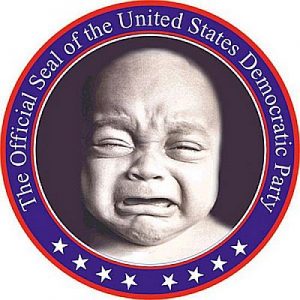Pravda.Ru interviewed Paul Craig Roberts, an American economist, who served as an Assistant Secretary of the Treasury in the Reagan Administration and became a co-founder of Reaganomics – the economic policies promoted by the U.S. President Ronald Reagan during the 1980s. We asked Mr. Roberts to share his views about the current state of affairs inside and outside the United States.
Pravda.Ru: Mr. Roberts, you are known in Russia as the creator of Reaganomics, which helped the country overcome stagflation. What were the key aspects of that policy and how would you estimate its results today? Do you think your faith in free market has shattered?
Paul Craig Roberts: Free market means the freedom of price to adjust to supply and demand. It does not mean the absence of regulation of human behavior.
Reaganomics was a political word for supply-side economics, a new development in economic theory. In the post World War 2 western world, governments used Keynesian demand management economic policy to control inflation and to boost employment. John Maynard Keynes was the British economist who explained the Great Depression in the West as a consequence of insufficient aggregate demand to maintain full employment and stable prices.
Keynesian demand management relied on government budget deficits and easy monetary policy (money creation) to stimulate demand for goods and services. To control inflation from too much demand for goods and services, high tax rates were used to reduce disposable income.
The problem that developed is that the high tax rates on income made leisure inexpensive in terms of lost current earnings from not working, and made current consumption inexpensive in terms of lost future income from not saving and investing. In other words, high tax rates on income made leisure and current consumption cheap in terms of foregone present and future income. Thus, high tax rates on income depressed the supply of labor and capital.
Using the UK’s 98% tax rate on investment income (pre-Thatcher), the Nobel economist Milton Friedman illustrated the problem with this example. You are an Englishman with $100,000. Shall you invest it for future income, or shall you purchase a Rolls Royce and enjoy life? The true price of the Rolls Royce (or Bentley, or Ferrari or Maserati) is not the purchase price. The price of the exotic car is the foregone future income from not investing the $100,000.
Suppose you could earn 10% on the $100,000. That would be $10,000 per year as the cost of purchasing the luxury car. But after tax (98%) the car would only cost $200 per year, a very cheap price.
The same example works for labor and salary income. Because of the high marginal tax rates, many professionals such as medical doctors closed their practices on Fridays and went to the golf course.
By changing the policy mix, that is by tightening monetary policy and reducing marginal tax rates (the tax rate on increases in income), the supply-side economic policy of the Reagan administration caused aggregate supply to increase. Thus output expanded relative to demand, and inflation declined.
This supply-side policy was instrumental as Reagan’s first step toward ending the cold war with the Soviet Union. As long as the US economy was afflicted with stagflation–the simultaneous rise in both inflation and unemployment, the Soviet government saw capitalism failing along with communism. But when Reagan corrected the economic problem, it made the Soviet government unsure that it could withstand an arms race.
Continue reading →

